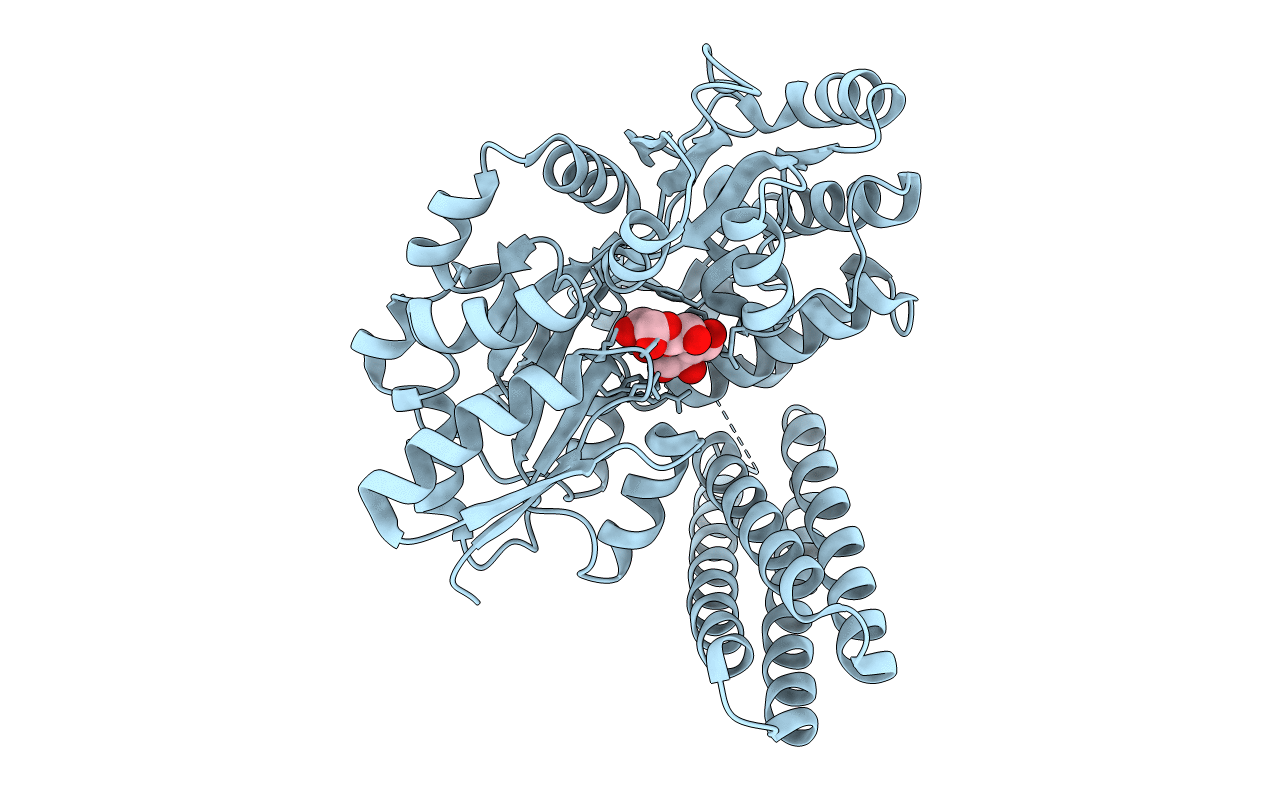
Deposition Date
2004-11-30
Release Date
2005-02-15
Last Version Date
2024-02-14
Method Details:
Experimental Method:
Resolution:
1.90 Å
R-Value Free:
0.22
R-Value Work:
0.20
Space Group:
P 21 21 21


